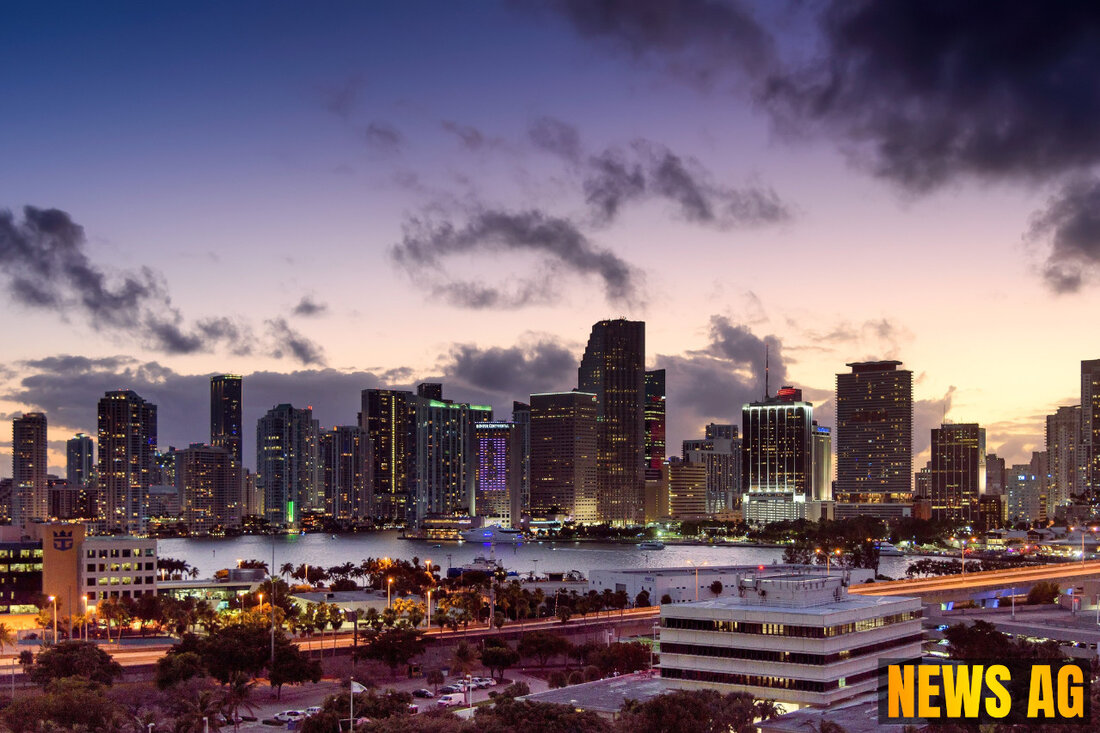EPA's Landmark No Discharge Zone Declared to Protect Indian River Lagoon
The EPA has designated a no-discharge zone for 12 miles along the Indian River Lagoon to protect Fort Pierce's water quality.

EPA's Landmark No Discharge Zone Declared to Protect Indian River Lagoon
The waters of Florida’s Indian River Lagoon are about to get a breath of fresh air. The U.S. Environmental Protection Agency (EPA) has just declared a „no-discharge zone“ (NDZ) along a 12-mile stretch from Vero Beach to Fort Pierce, a move that has both environmental advocates and local officials buzzing with optimism. This new rule prohibits boaters from dumping sewage—be it treated or raw—into this sensitive aquatic preserve, setting the stage for improved water quality in an area often plagued by harmful algal blooms and fish kills.
Advocates laud the NDZ as a positive step towards restoring the lagoon’s health, even as they recognize that it isn’t the panacea for all environmental issues. Local officials are on board with the decision but stress that while the NDZ is critical, it is far from a catch-all solution. Existing regulations still allow for some small sewage discharges, but these must be reported.
As outlined in the WPTV report, the enforcement of this new rule will involve multiple agencies, including the U.S. Coast Guard and the Florida Fish and Wildlife Conservation Commission. Fines for noncompliance can reach up to $250 per day, making it clear that this initiative will be taken seriously.
The Bigger Picture
So, what exactly is an NDZ? According to information provided by Geosyntec, an NDZ prohibits the discharge of any boat sewage in designated waters. This includes not only untreated waste but also treated effluent from smaller vessels with Type I and II Marine Sanitation Devices (MSDs). For such boats, only Type III MSDs, which are essentially holding tanks, are permissible in these zones.
Interestingly, laws already prevent the discharge of untreated sewage in navigable U.S. waters, including coastal areas within three miles of shore. The NDZ expands this protective framework, ensuring that even treated sewage is kept from contaminating vulnerable ecosystems. For instance, Massachusetts has designated seven NDZs that range from Buzzards Bay to Nantucket Coastal Waters, showing that many regions are stepping up in similar ways.
The Path Ahead
As we dive into the nitty-gritty of this initiative, one must acknowledge the importance of proper sewage management. Under the Clean Water Act, the NDZ is intended to bolster water quality, and its real-world effectiveness will heavily depend on enforcement and public education efforts. Marina owners play a vital role here, as they can prohibit discharges from Type I and II MSDs at their facilities, thus protecting the waters even more. Moreover, it’s crucial for boaters to understand how to manage their sewage effectively, particularly in light of the regulations surrounding NDZs. The EPA outlines that vessel operators in NDZs must retain their sewage on board until they reach proper onshore pump-out facilities or venture beyond three miles from the shore.
As the Indian River Lagoon begins to benefit from this new status, it also paves the way for future environmental projects, including an artificial reef initiative planned for the Fort Pierce Inlet. This holistic approach to water quality management could very well serve as a beacon for other communities aiming to protect their local ecosystems.
In summary, the establishment of a no-discharge zone in the Indian River Lagoon holds promise for improving ecological balance and water quality. With enforcement led by local agencies and a collective effort from the boating community, there’s good reason to be hopeful for the lagoon’s future.
